
Contact
Sterling Precision Optics
1916 Greenleaf St.
Evanston, IL 60202
Web Address: www.sterlingprecision.com
Phone: 847.864.6900
Fax: 847.864.6910
Email: sales@sterlingprecision.com
What Are Optical Windows?
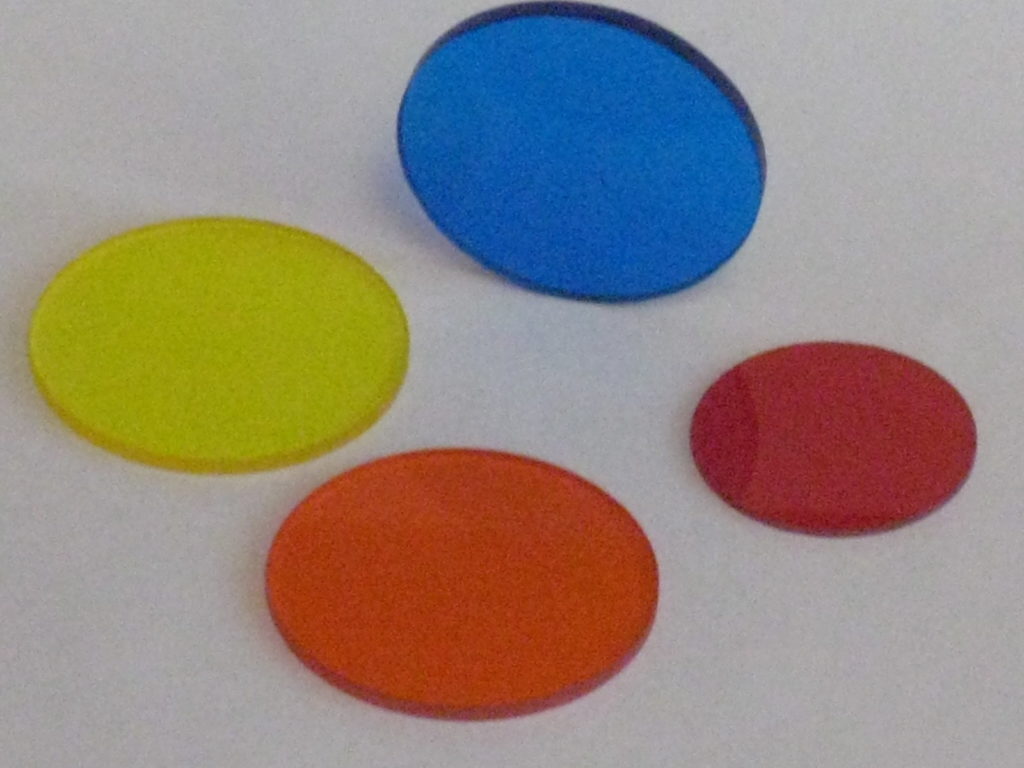
Optical windows are transparent or translucent components or materials that allow the passage of light while protecting sensitive optical systems or instruments from environmental factors. These windows are typically made from various materials with specific optical and mechanical properties to meet the requirements of different applications in optics and photonics.
Common materials used for optical windows include optical glasses (e.g., BK7, fused silica), sapphire, quartz, and various optical polymers. The choice of material depends on factors such as the required optical properties, spectral range, cost constraints, and environmental conditions in the intended application. Contact us for more information.
A Brief History of Lenses
The oldest lens artifact is the Nimrud lens, dating back 2700 years to ancient Assyria. David Brewster proposed that it may have been used as a magnifying glass, or as a burning-glass to start fires by concentrating sunlight. Another early reference to magnification dates back to ancient Egyptian hieroglyphs in the 8th century BC, which depict "simple glass meniscal lenses".
Between the 11th and 13th centuries “reading stones” were invented. Often used by monks to assist in illuminating manuscripts, these were primitive plano-convex lenses initially made by cutting a glass sphere in half. As the stones were experimented with, it was slowly understood that shallower lenses magnified more effectively.
Lenses came into widespread use in Europe with the invention of spectacles, probably in Italy in the 1280s. This was the start of the optical industry of grinding and polishing lenses for spectacles, first in Venice and Florence in the thirteenth century, and later in the spectacle-making centers in both the Netherlands and Germany. Spectacle makers created improved types of lenses for the correction of vision based more on empirical knowledge gained from observing the effects of the lenses (probably without the knowledge of the rudimentary optical theory of the day).
The practical development and experimentation with lenses led to the invention of the compound optical microscope around 1595, and the refracting telescope in 1608, both of which appeared in the spectacle-making centers in the Netherlands.
Common Uses of ND Filters
Neutral density (ND) filters are optical filters that uniformly reduce the intensity of light entering a camera lens or optical system without affecting its color or spectral characteristics. They are often used in photography, videography, and various optical applications to control exposure and achieve specific creative or technical effects.
ND filters come in various strengths, typically denoted by their optical density (ND number), and can be stacked or combined to achieve the desired reduction in light intensity. Photographers and videographers often carry a range of ND filters to adapt to different lighting conditions and creative requirements.
What Is the Difference Between Dichroic and Bandpass Filters?
Dichroic filters and bandpass filters are distinct optical components used in custom optics with differing spectral characteristics and functions. Dichroic filters, employing interference coatings, selectively transmit or reflect light at specific wavelengths, making them ideal for applications like fluorescence microscopy and color separation in imaging systems. In contrast, bandpass filters, designed with multiple layers, transmit a narrow range of wavelengths while blocking others, allowing for precise spectral control. Bandpass filters find use in spectroscopy, remote sensing, and any scenario requiring accurate spectral filtering. The choice between these filters depends on the specific optical system's needs, whether it involves wavelength separation and combination (dichroic) or precise spectral isolation (bandpass).
Applications of Cylindrical Lenses
Common applications that utilize cylindrical lenses:
Laser Diode Collimation: Cylindrical lenses are often used with laser diodes to collimate or shape the laser beam into a line. This is commonly seen in laser leveling and alignment systems.
Barcode Scanners: Cylindrical lenses are used in barcode scanners to create a one-dimensional laser line that can quickly read the barcode as the scanner is moved across it.
Anamorphic Prism Pairs: Cylindrical lenses are combined with prisms to create anamorphic prism pairs, which are used in beam shaping and expansion in laser systems. They can be used to change the elliptical shape of a laser beam into a circular one.
Astigmatism Correction: In optical systems where astigmatism is a problem, cylindrical lenses can be used to correct the astigmatic aberration by focusing the light in one direction and defocusing in the perpendicular direction.
Microscopy: In some microscopy techniques, cylindrical lenses are used to shape the illumination or to create specific patterns of light for applications like laser scanning confocal microscopy.
Machine Vision and Inspection: Cylindrical lenses can be used in machine vision systems to create a line of light for inspections and measurements in manufacturing processes.
Optical Character Recognition (OCR): OCR systems use cylindrical lenses to create a thin line of light to improve the accuracy of text recognition by illuminating one line of characters at a time.
Line-Scan Cameras: In line-scan cameras used in industrial applications, such as quality control in manufacturing, cylindrical lenses help create a narrow line of light that is scanned across the object being inspected.
Printing and Labeling: Cylindrical lenses can be used in printing and labeling machines to ensure precise control of the printing process.
Material Processing: In laser material processing applications, cylindrical lenses are used to shape laser beams for cutting, engraving, and welding. They can also be used to create elongated heat zones for selective material treatment.
Long Pass or Short Pass Filters?
Long pass filters allow longer wavelengths of light to pass through while blocking shorter wavelengths, making them suitable for applications like blocking UV light while allowing visible and IR light. Short pass filters, on the other hand, allow shorter wavelengths to pass while blocking longer wavelengths, often used to remove IR light while allowing visible light to pass. The choice between them depends on the specific optical system needs and desired wavelengths of light.

 CUSTOM OPTICAL FILTERS
CUSTOM OPTICAL FILTERS
 OPTICAL WINDOWS
OPTICAL WINDOWS
 OPTICAL COATINGS
OPTICAL COATINGS
 UV OPTICS
UV OPTICS
 CYLINDRICAL OPTICS
CYLINDRICAL OPTICS
 CUSTOM TEMPERED OPTICS
CUSTOM TEMPERED OPTICS
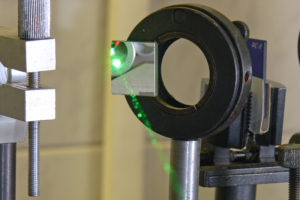 OPTICAL MIRRORS
OPTICAL MIRRORS
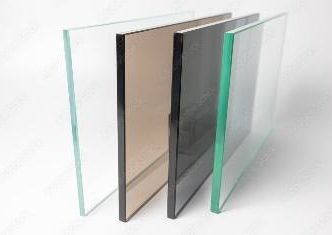 NEUTRAL DENSITY
NEUTRAL DENSITY
 PRISMS & RETROREFLECTORS
PRISMS & RETROREFLECTORS
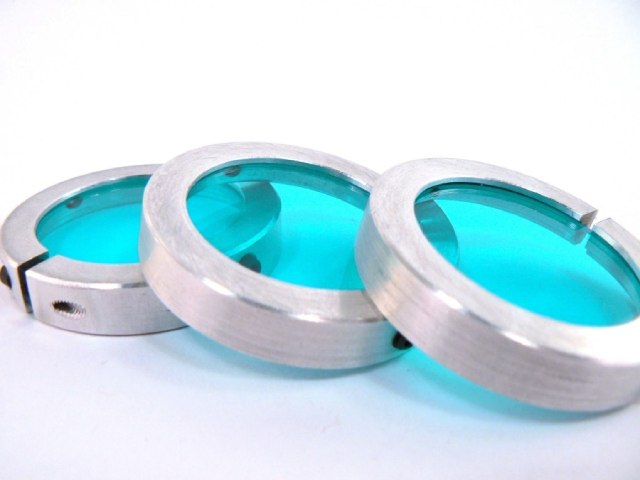 ASSEMBLIES
ASSEMBLIES
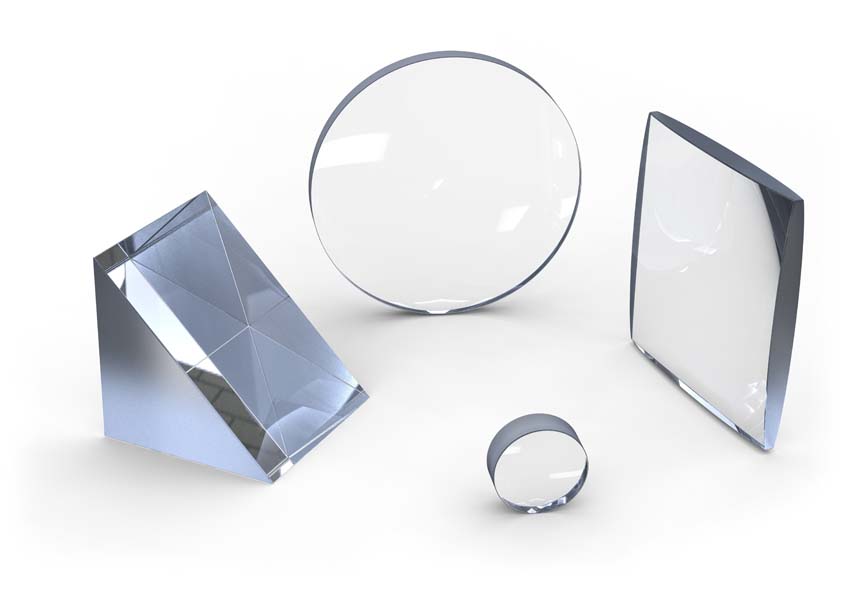 OPTICAL LENSES
OPTICAL LENSES
 NIGHT VISION FILTERS
NIGHT VISION FILTERS
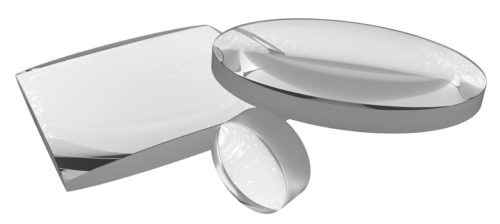 ACHROMATIC LENSES
ACHROMATIC LENSES
 OPTICAL BEAM SPLITTERS
OPTICAL BEAM SPLITTERS